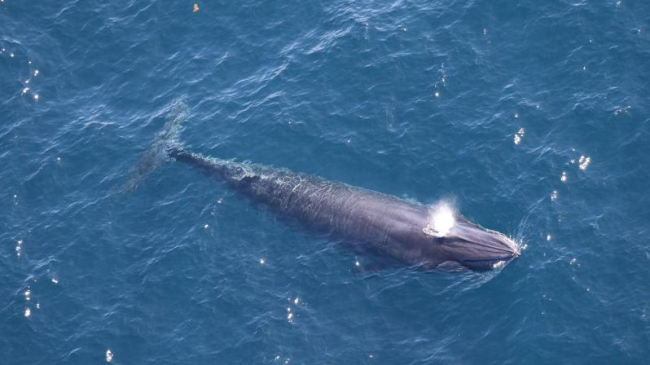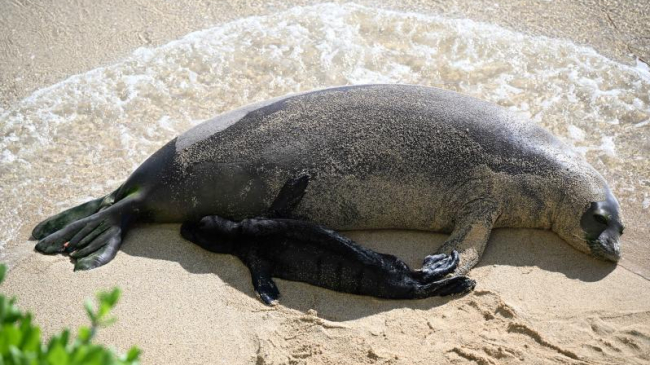Dutch Harbor, Alaska, and New Bedford, Massachusetts, remain top fishing ports; landings of wild salmon set new record
In its annual report, Fisheries of the United States 2013, released today, NOAA Fisheries announced that U.S. fishermen landed 9.9 billion pounds of fish and shellfish, an increase of 245 million pounds from 2012. Valued at $5.5 billion, these landings represent an increase of $388 million from 2012.
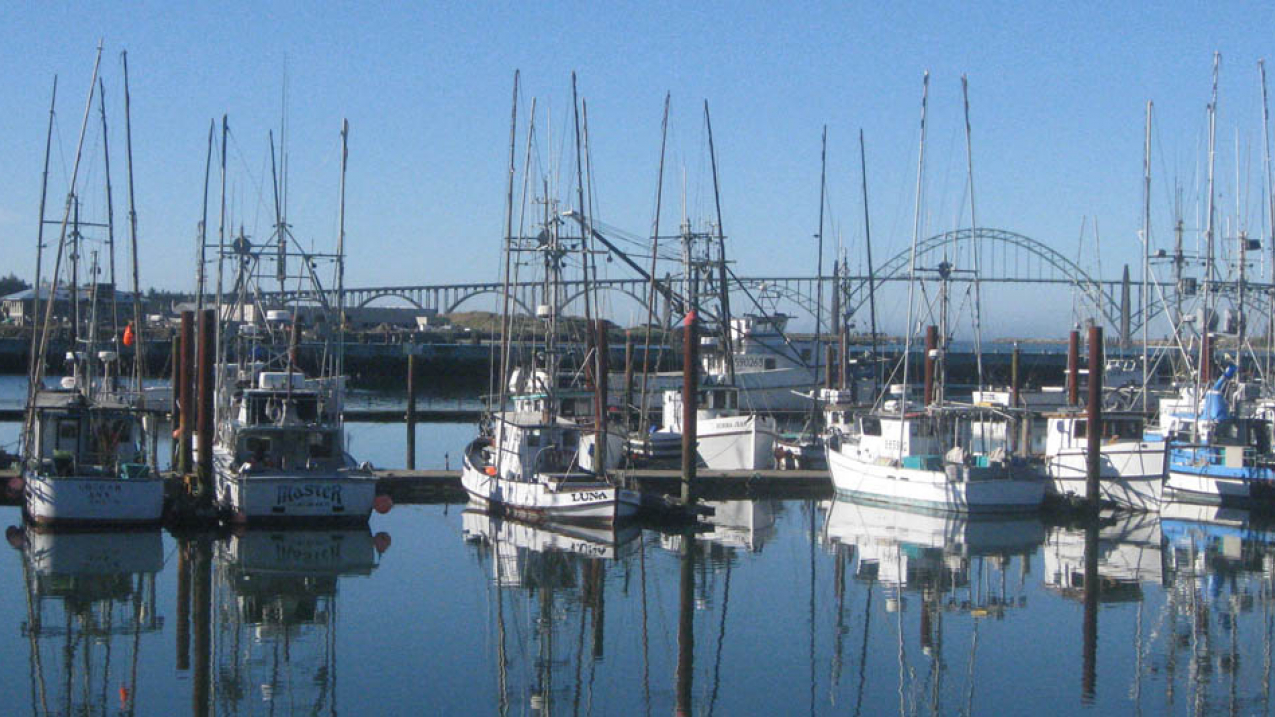
Fishing boats docked in Newport, Oregon. (Image credit: NOAA)
"Commercial and recreational fishing are important contributors to our economy and help create jobs throughout our nation’s communities," said Eileen Sobeck, assistant NOAA administrator for NOAA Fisheries. "Working with our partners, the regional fishery management councils, and the fishing industry, we've made great strides on ending overfishing and are working toward building resilient, healthy and sustainable fish and shellfish stocks."
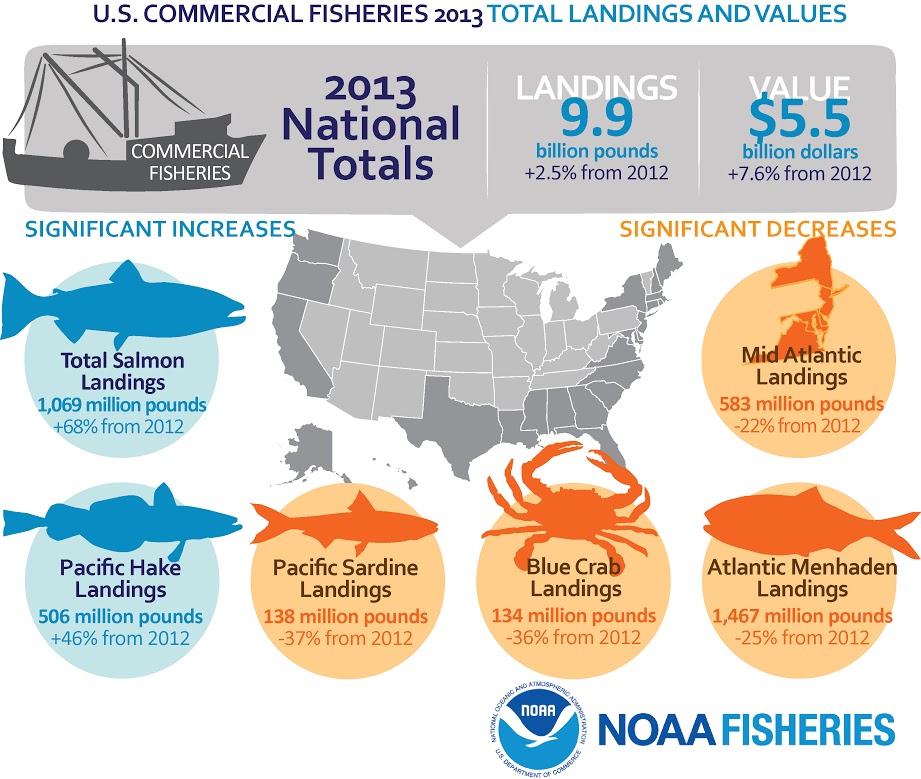
The report shows that while national total of fish and shellfish landings remained about the same, total landings of wild salmon topped one billion pounds, setting a new record, up 68 percent from 2012. The report also shows that for the 17th consecutive year, the Alaska port of Dutch Harbor led the nation with the highest amount of seafood landed, primarily walleye pollock. Dutch Harbor fishers landed 753 million pounds valued at $197 million.
For the 14th consecutive year, New Bedford, Massachusetts, had the highest valued catch — 130 million pounds, valued at $379 million — due mostly to the highly valued sea scallop fishery. Sea scallops accounted for more than 81 percent of the value of New Bedford landings.
Figures for recreational fishing activities remained strong. Nearly 9.5 million recreational saltwater anglers in the United States took more than 71 million marine fishing trips in 2013 and caught more than 430 million fish, of which, 61 percent were released alive.
Spotted seatrout was the top catch for recreational anglers, with 38 million fish caught in 2013. Atlantic croaker, black sea bass, summer flounder and red drum were the other most common catches for saltwater anglers.
Marine aquaculture production in the U.S. has been increasing steadily in recent years, about 10 percent a year from 2008 to 2012, the latest figures available. The top U.S. marine aquaculture species are oysters ($136 million), clams ($99 million), and Atlantic salmon ($77 million).
The report also shows that the average American ate 14.5 pounds of fish and shellfish in 2013, essentially unchanged from 2012.
NOAA’s mission is to understand and predict changes in the Earth's environment, from the depths of the ocean to the surface of the sun, and to conserve and manage our coastal and marine resources. Join us on Facebook, Twitter, Instagram and our other social media channels.
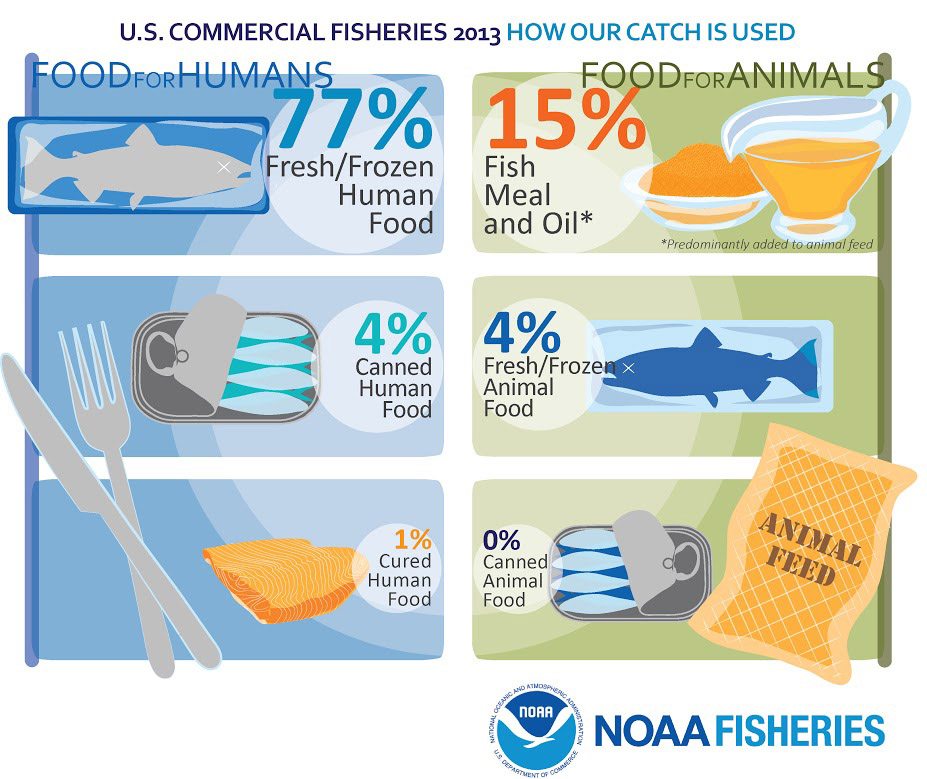
|
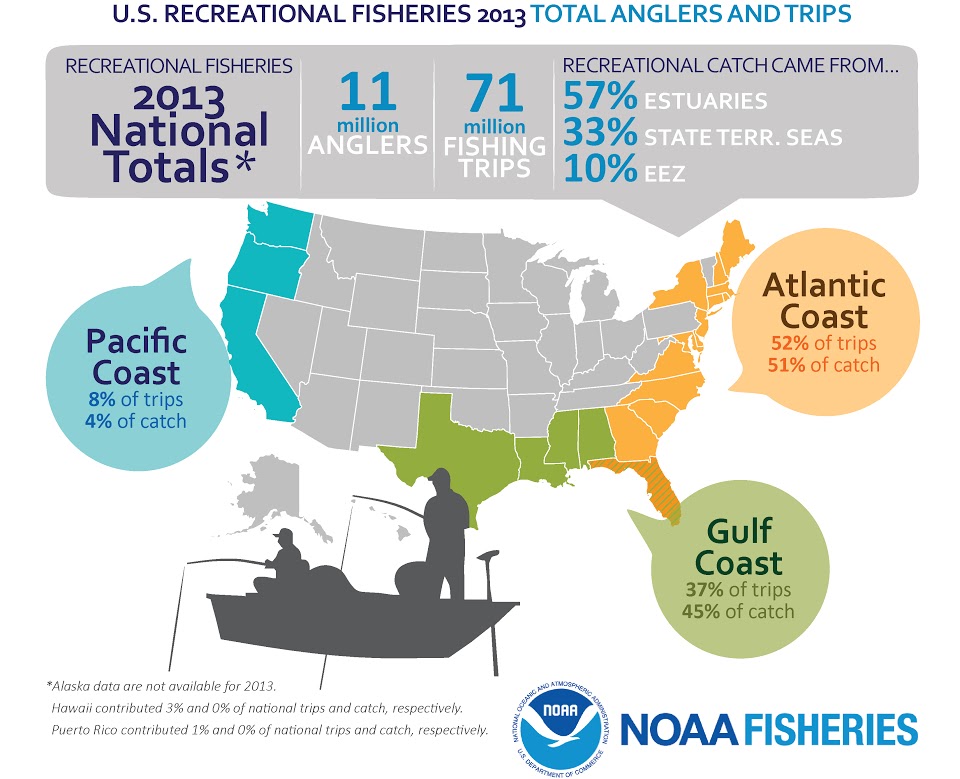
|
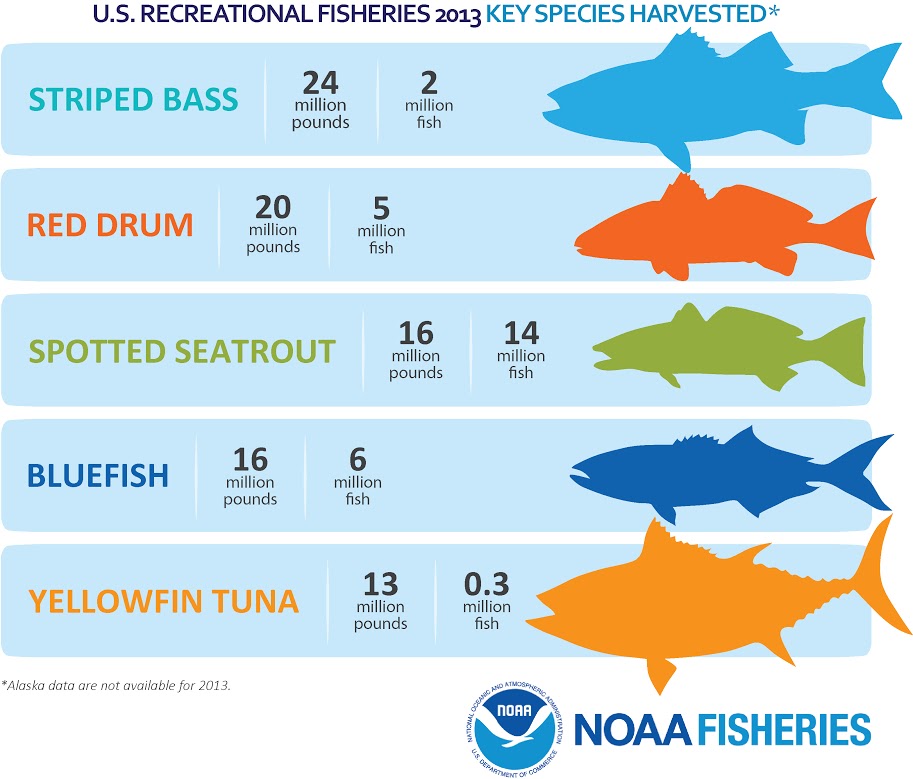
|
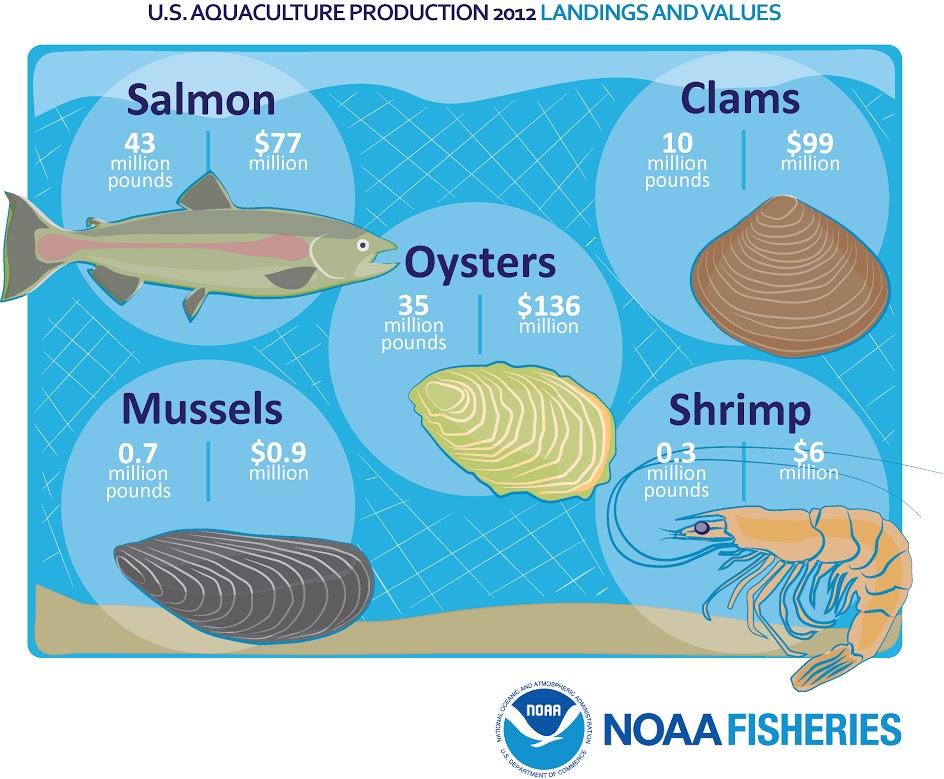
|
Contact:
Connie Barclay
301-427-8029
Jennie Lyons
301-427-8003


